PsychNewsDaily Publishers
100 Summit Drive
Burlington, MA, 01803
Telephone: (320) 349-2484
PsychNewsDaily Publishers
100 Summit Drive
Burlington, MA, 01803
Telephone: (320) 349-2484
Wine enjoyment can be enhanced by serving at optimal temperatures, proper food pairings, and avoiding common mistakes like using sugary sodas or improper glassware.
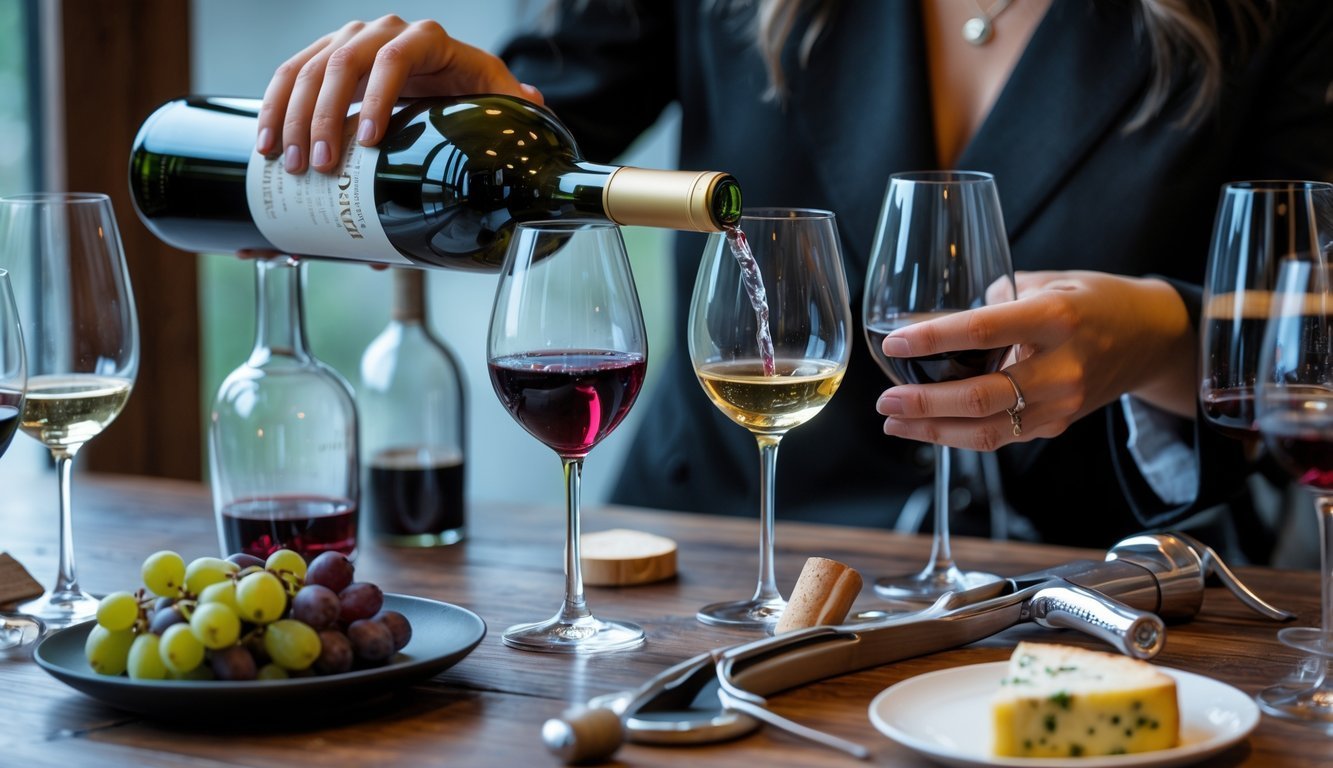
Wine’s a lovely way to enjoy dinner or just unwind, but let’s be honest—most of us mess up a few basics that can kill the fun. Even if you’re not a total newbie, these little slip-ups can mess with the taste and whole experience.
Let’s run through the most common wine mistakes and how you can dodge them. With a few easy tweaks, you’ll get more out of every bottle and sidestep the usual headaches.
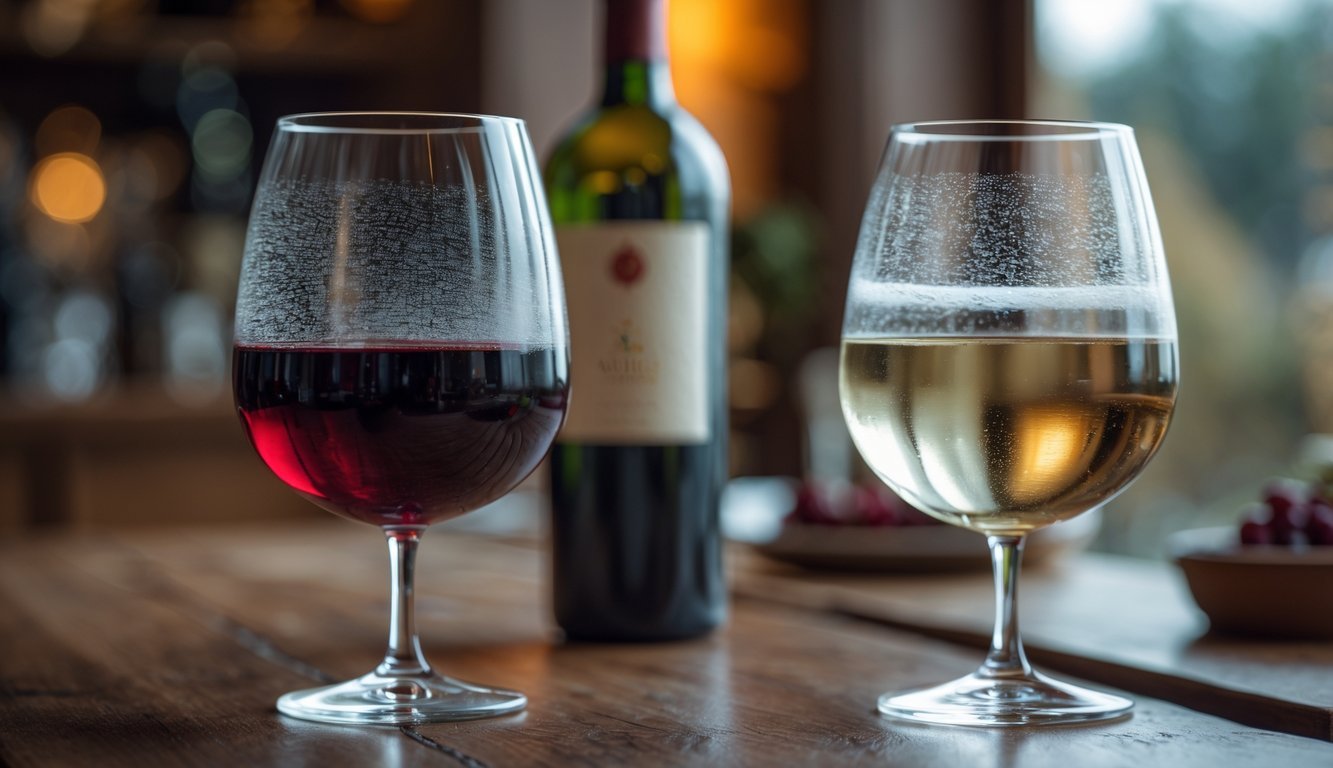
A lot of people think red wine should be at room temp, but if it’s too warm, it just tastes flat or kind of harsh. Try chilling it down a bit—aim for 60-65°F (15-18°C). That way, the flavors actually pop and don’t just sit there.
White wine straight from the fridge? Not a great idea either. If it’s icy cold, you won’t taste much. Let it warm up to 45-50°F (7-10°C) so you actually get those fruity notes.
If your wine feels off, just let it sit for a minute. Swirl it around. Sometimes that’s all it takes.
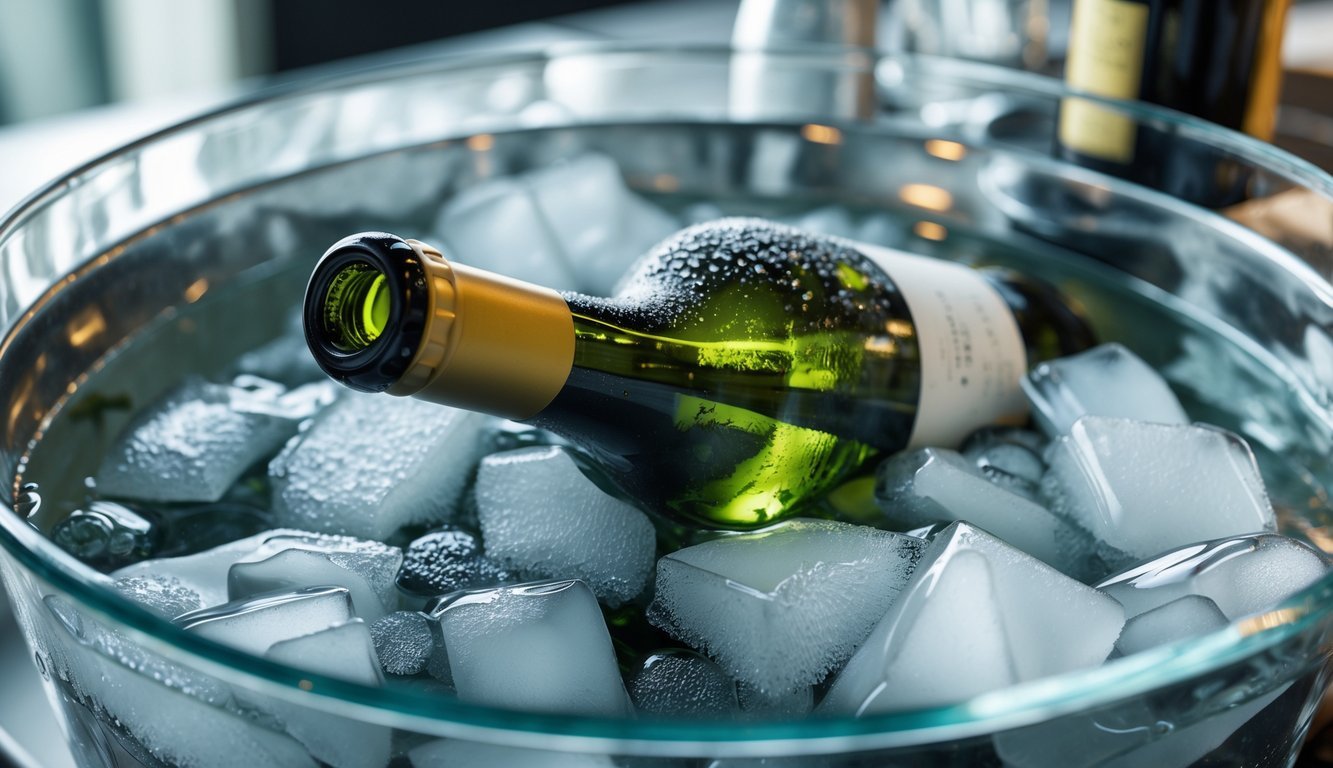
Need to chill wine fast? Forget just ice—go for an ice water bath. Fill a bowl with half ice, half cold water.
Toss in a handful of salt to speed things up. Salt drops the freezing point, so your wine chills in about 15 minutes.
Spin the bottle gently in the bath. It helps the cold hit every spot. Works great for whites, rosé, and bubbly.
You don’t have to wait forever. This trick gets your wine ready before you know it.
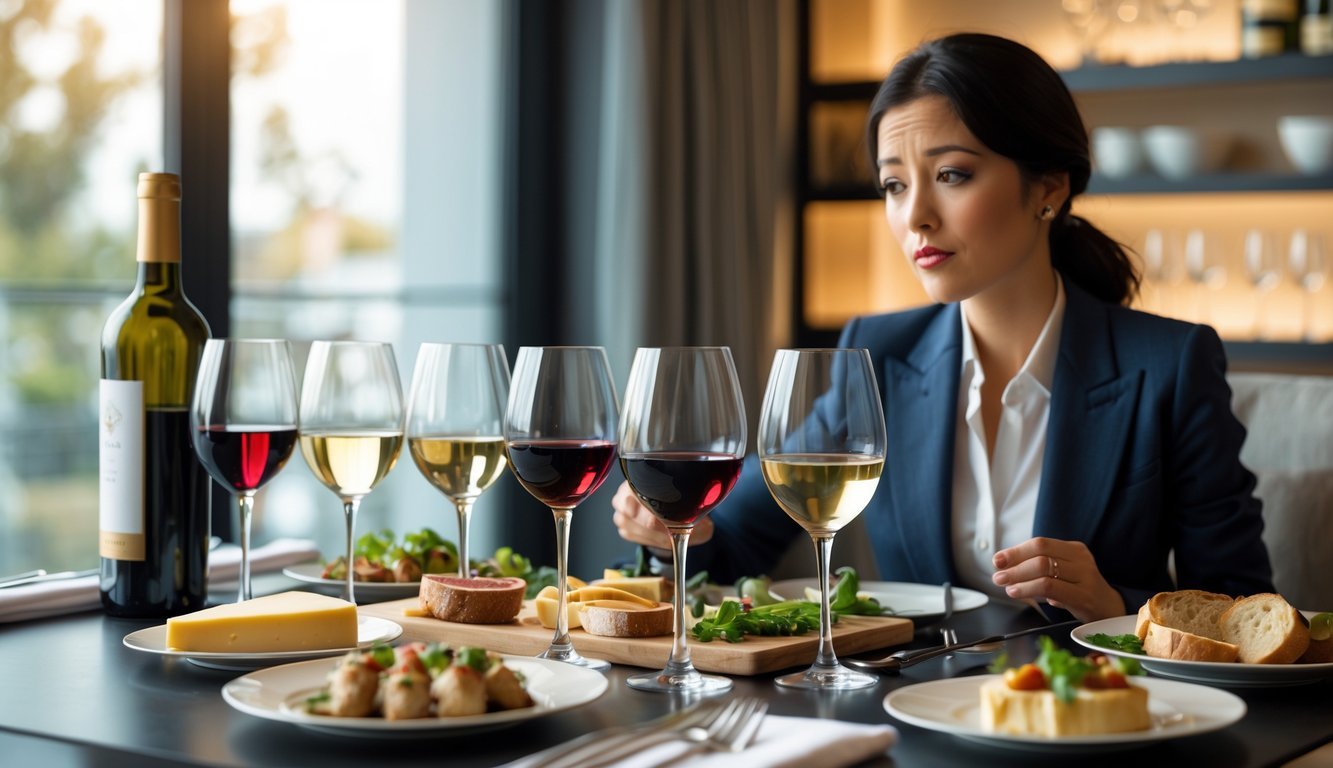
Sure, you could drink any wine with any food, but a good pairing just makes everything taste better. If you skip it, sometimes the flavors just fight each other.
Go for balance. Heavier reds love rich meats, while crisp whites are awesome with fish or salads.
Watch the acidity and sweetness too. Acidic wines are great with tangy foods, and sweet wines can actually calm down spicy dishes.
Don’t stress about perfection. Just avoid the big mismatches, like super tannic reds with bitter or spicy food.
Try matching the weight of the wine to the food. You’ll notice the difference.
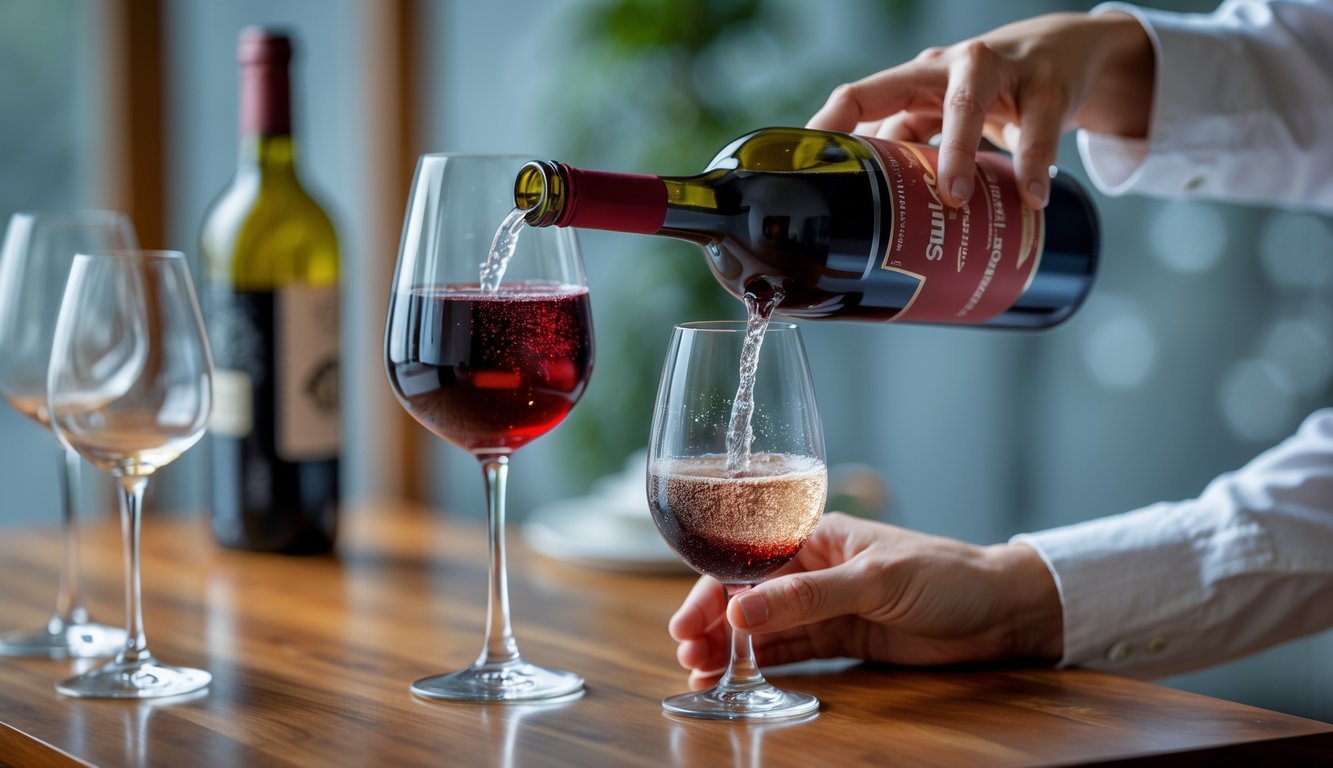
It’s tempting to dump soda in bad wine to cover up the taste. Maybe you’ve tried Mountain Dew or cream soda—honestly, it rarely works out.
Sugary sodas just clash with wine. The flavors get weird, and you end up with something that’s not really enjoyable.
If you want bubbles, go for club soda or sparkling water. That way, you keep the wine’s flavor and just add a light fizz.
Honestly, if the wine is that bad, maybe just open another bottle. It’s usually not worth masking with sugar.
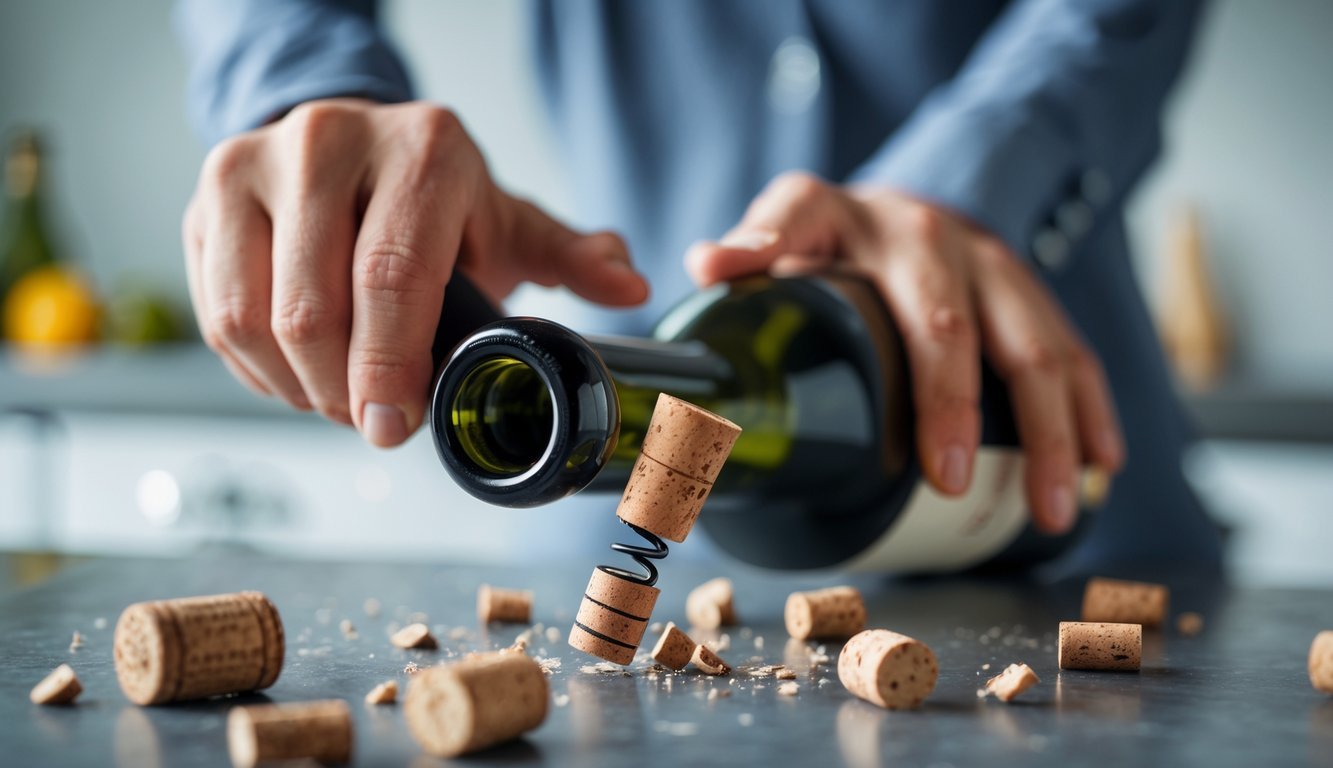
A broken cork is annoying, but don’t panic. You don’t need fancy tools to handle it.
Just push the cork into the bottle with the back of a spoon or something similar. Be gentle—no need to force it.
Pour the wine slowly so cork bits don’t end up in your glass. If you have a coffee filter or fine strainer, use that.
Broken corks happen, especially with older bottles. Taking your time usually does the trick.
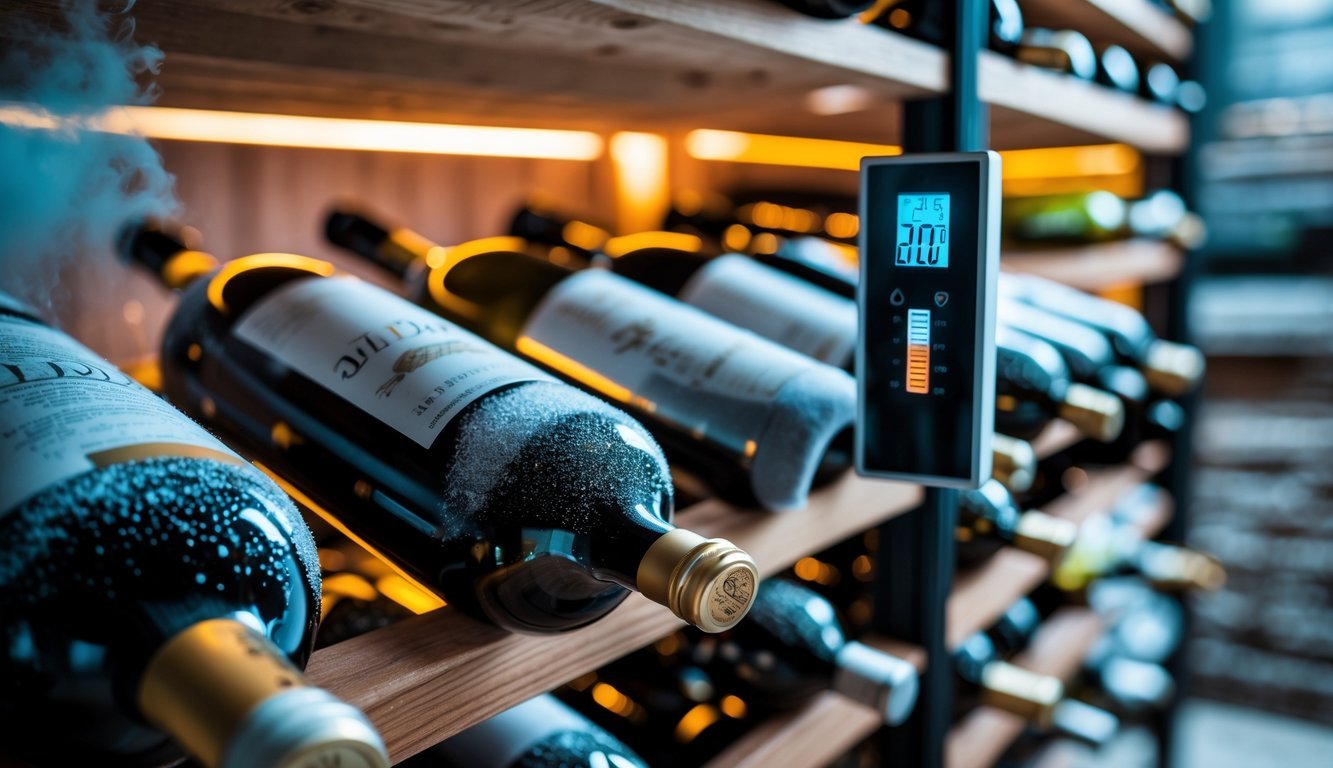
Don’t stash your wine where the temperature jumps around. Fluctuations mess with the wine’s flavor and can ruin it before you even get to open it.
Keep wine somewhere cool and steady—ideally 50-59°F (10-15°C). Kitchens and spots near heaters are usually too warm.
Try a wine fridge or a cool basement if you have one. The more stable the temp, the longer your wine stays good.
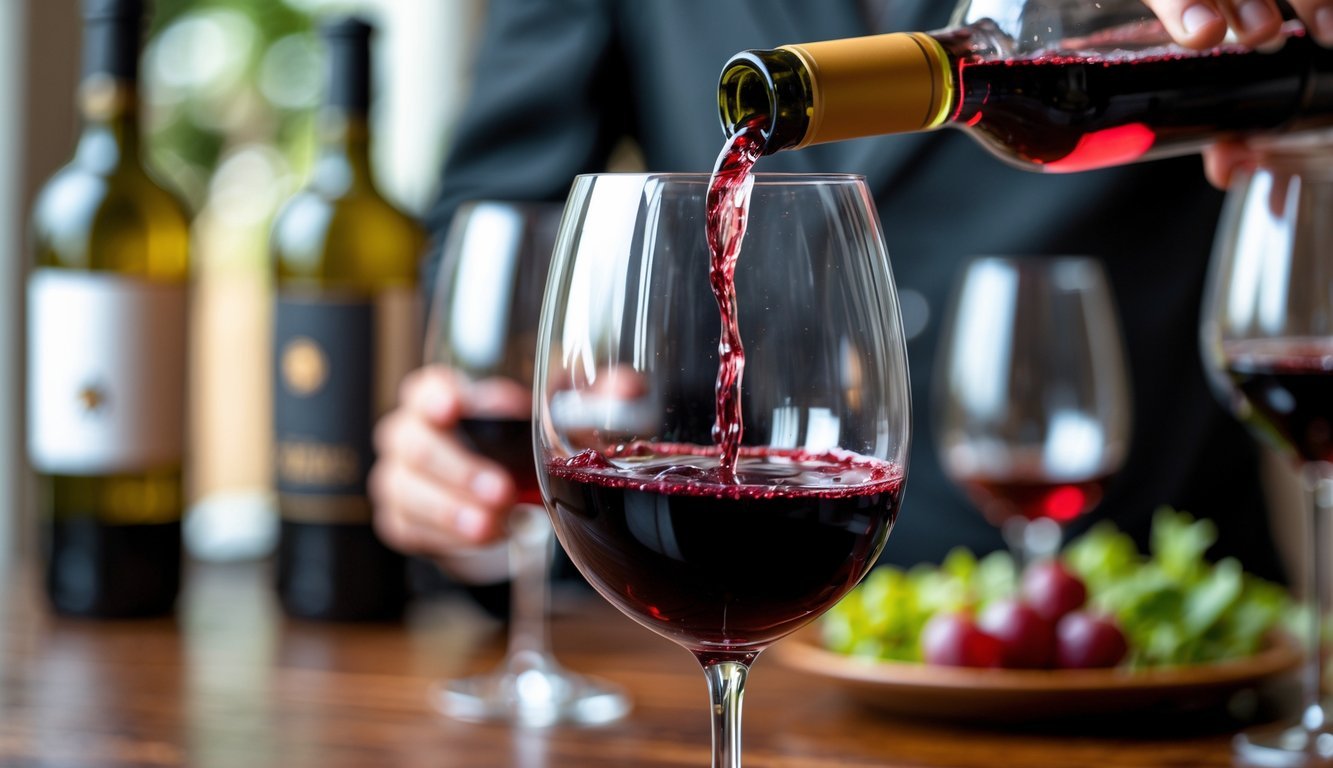
Filling your glass to the brim might feel generous, but it’s not doing your wine any favors. Wine needs room to breathe so you can actually smell and taste it.
Stick to about a third full. That way, you can swirl it without splashing everywhere.
Big reds? Pour even less. More air helps them open up and taste smoother.
Go easy on the pours. You’ll enjoy the wine more and avoid waste.
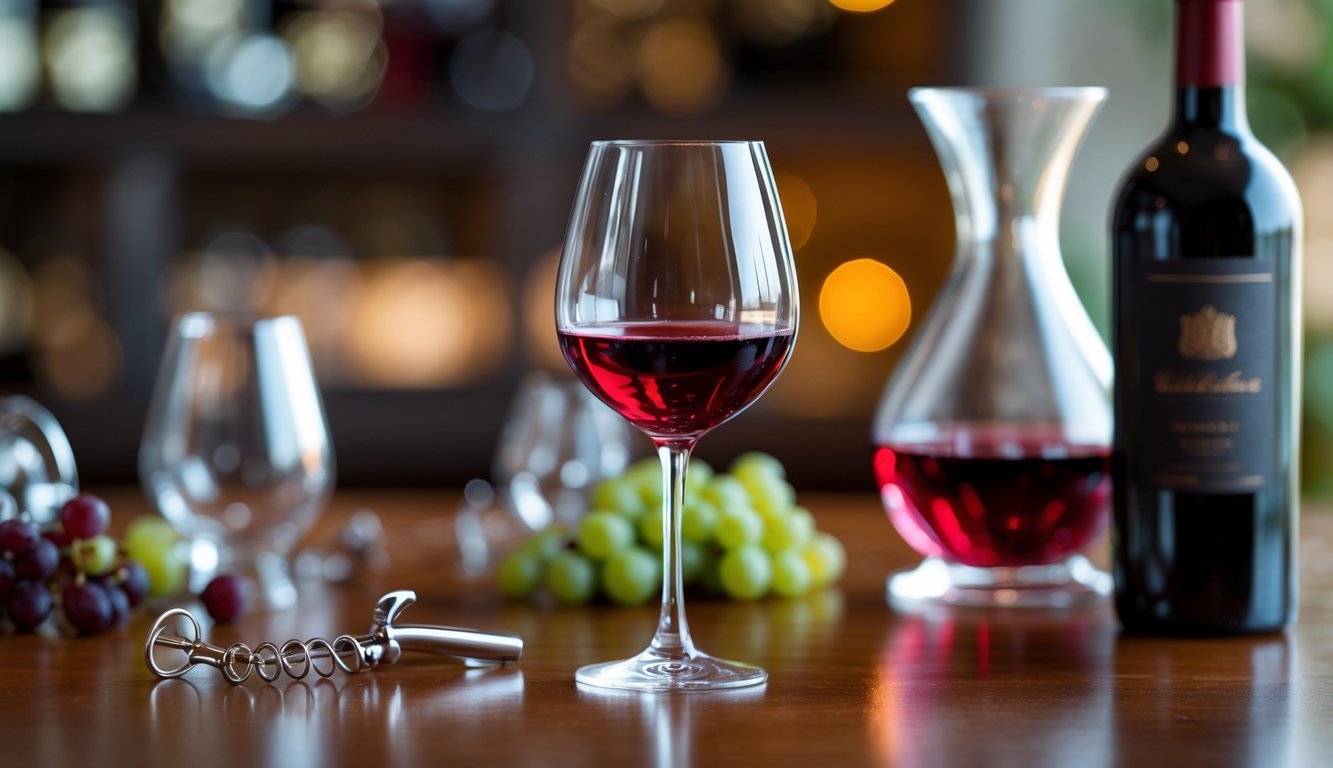
If you skip letting tannic reds breathe, you’re missing out. These wines can taste rough straight out of the bottle.
Give them about an hour to open up. The tannins chill out, and the flavors get way better.
You don’t need a fancy decanter. Just pour into a wide glass and let it sit.
This makes bold reds like Cabernet or Syrah way smoother. Seriously, try it next time.
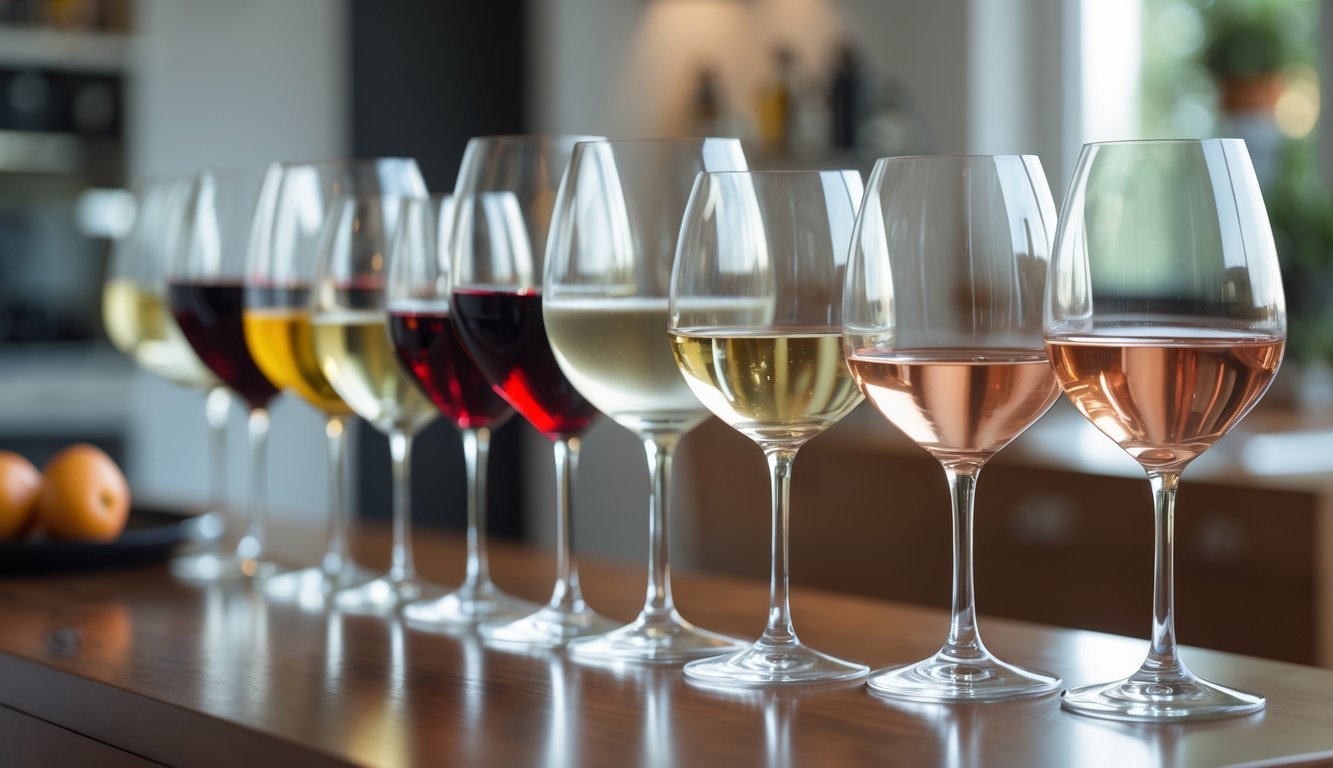
You might not think glass shape matters, but it totally does. Different wines show off their best flavors in different glasses.
Reds love wide bowls—they need air and space for the aromas. Whites and bubbly do better in narrower glasses, keeping flavors crisp and bubbles lively.
If you use the wrong glass, wine can taste bland or just off. Next time, grab the right shape and see if you notice a difference.
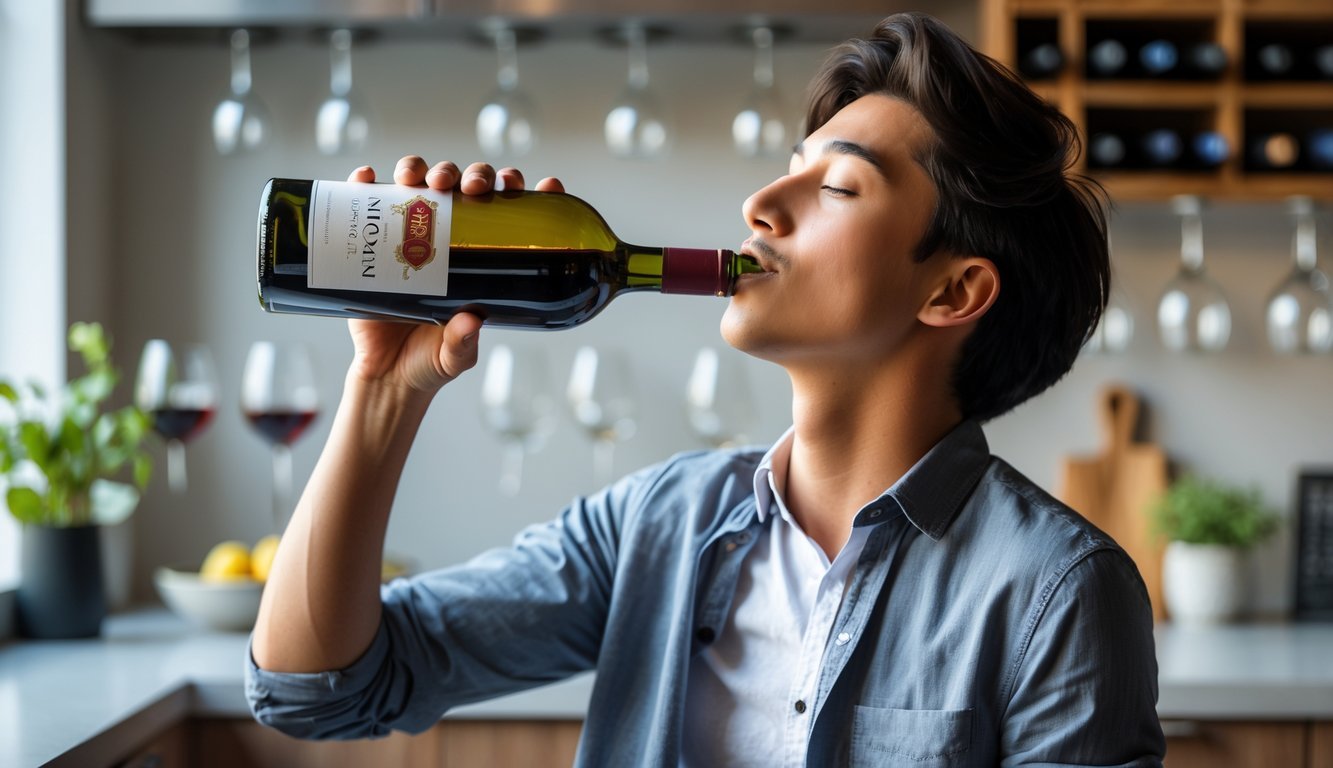
Drinking straight from the bottle might seem easy, but you’re missing out. Pouring into a glass lets the wine breathe and brings out the flavors.
Swirling in a glass also unlocks more aroma. Plus, it just feels nicer and a bit more special.
Skip the bottle next time. It only takes a second and makes the wine taste better.
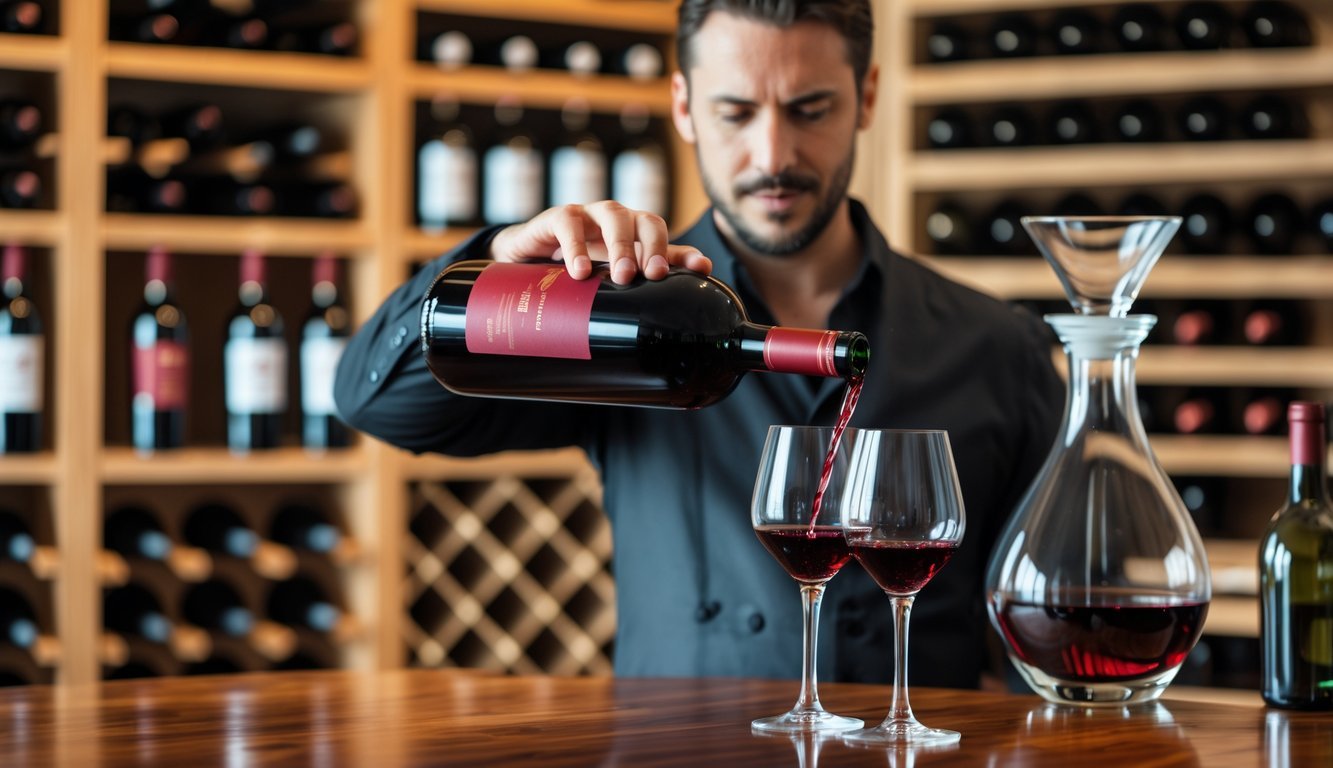
How you store and serve wine actually changes how it tastes. If you keep it too warm or too cold, you lose some of what makes it special.
Paying attention to these details means you get wine the way it’s meant to be enjoyed.
Keep wine between 45°F and 65°F—with 55°F being pretty ideal for most bottles. If it gets hotter than 70°F, wine ages too quickly and loses its charm.
Don’t let the temperature swing up and down. That can spoil wine fast.
Try to store wine in a dark, humid spot—50%-70% humidity helps corks stay moist.
No wine fridge? A cool, dark closet works. Just avoid kitchens or garages where heat and light can mess things up.
Serving temperature can make or break your wine. Reds taste best between 55°F and 65°F—not too warm, please. Pop them in the fridge for 10-15 minutes if needed.
Whites are better colder, around 45°F and 55°F. That keeps them crisp and lively. Sparkling wines? Even colder—40°F to 50°F keeps the bubbles going.
Too cold and the flavors disappear. Too warm and the alcohol takes over. Try a wine thermometer or just use a cooling sleeve.
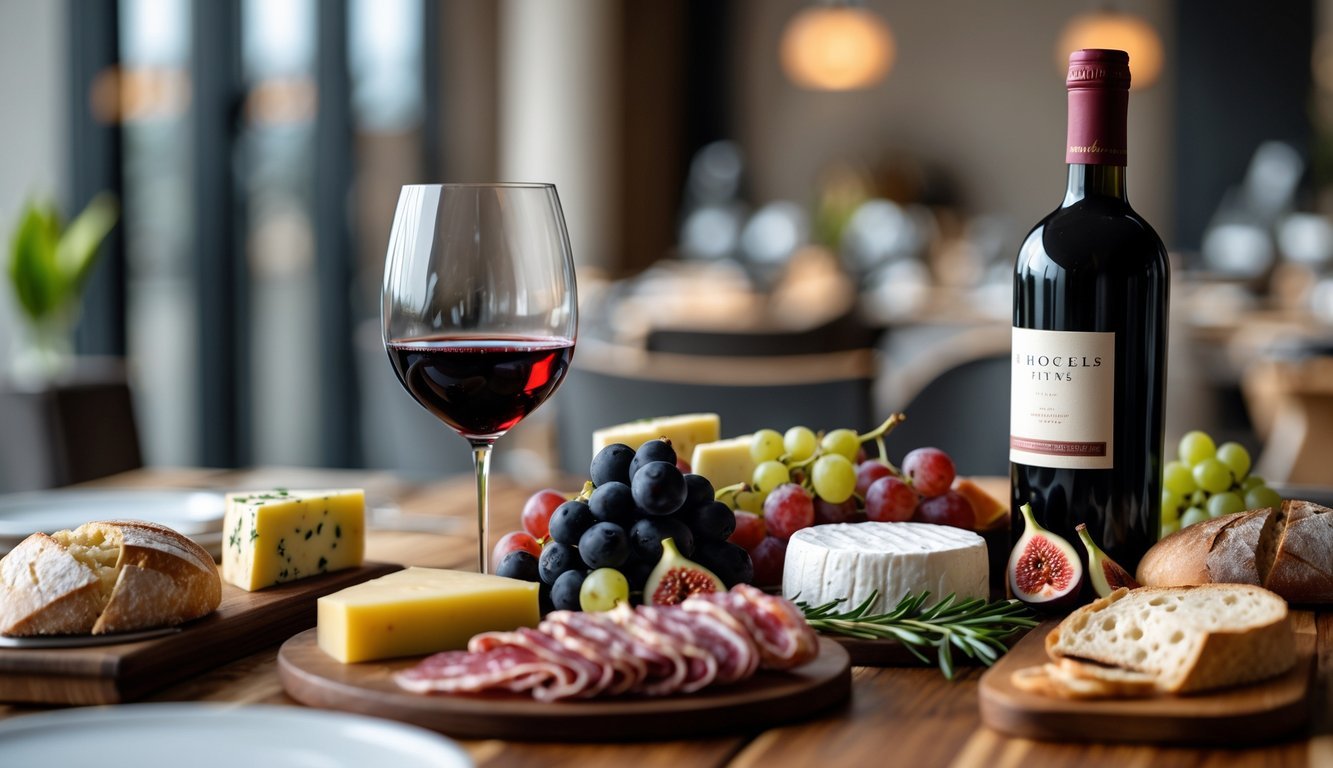
Matching wine with food makes both taste better. The right combo brings out flavors you’d otherwise miss.
It’s not as tricky as it sounds, but there are a few things to keep in mind.
When you get the pairing right, wine and food balance each other. A rich steak with a bold Cabernet? Perfect—the wine softens the meat’s heaviness.
Bad matches can make wine taste bitter or ruin the meal’s flavor. Acidic wines with creamy dishes? Not so great.
Good pairings highlight the best parts of your meal. It’s all about enjoying every bite and sip.
Think about how heavy your food feels. If you’re eating something light—maybe a salad or some seafood—you’ll probably enjoy it more with a light white wine like Sauvignon Blanc.
Heavier meals, like roast beef, really come alive with a bold red.
Here’s a quick guide:
| Food Type | Good Wine Pairing |
|---|---|
| Fish and seafood | Crisp White (Chardonnay, Sauvignon Blanc) |
| Red meat | Full-bodied Reds (Cabernet, Malbec) |
| Spicy dishes | Off-dry Whites or Rosé |
| Creamy sauces | Oaked whites or sparkling wine |
Don’t serve red wines too warm; try to keep them around 60-65°F. If you go warmer, they can taste a bit harsh.
Whites should be colder, somewhere near 45-50°F.
Honestly, it’s worth experimenting. Foods like asparagus or artichokes can throw you off, but if you keep trying new pairings, you’ll eventually find what you like best.